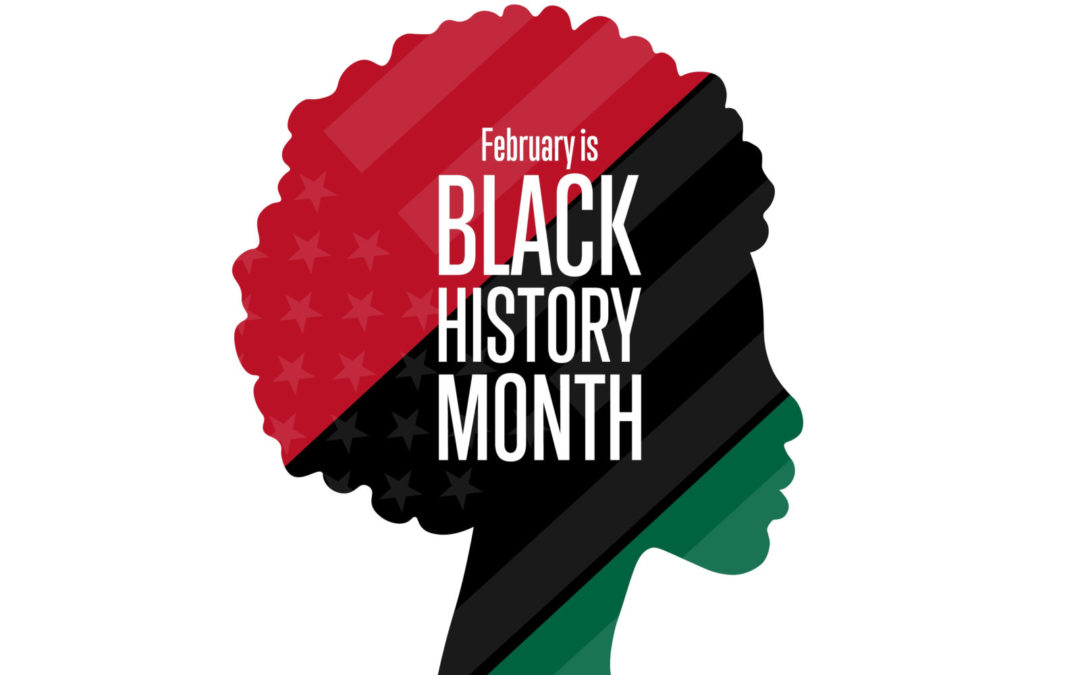
by American Business Women's Association | Mar 24, 2022 | Blog, Uncategorized
Every year in the spring, Amy B., a buyer for a large retail chain store, hosts an Easter egg decorating teambuilding party, where she and a bunch of her suppliers spend an entire afternoon coloring and bedazzling hard-boiled eggs. None of them bring their kids—they do this for the sheer pleasure of out-of-the office bonding, creating interesting and attractive objects. The group is always amazed at the creativity of the resulting eggs. (And in case you’re wondering, no, none of them are artists.)
So why, as adults, don’t people exercise their inner child-like creativity more often? And what is it about the Easter egg party that allows them to so freely generate and express such range and diversity of ideas? There are several factors—all of which also apply to innovation.
-
Each egg represents a very low commitment. It is cheap in both time and materials to try any idea they think of, so they try lots of ideas. If one doesn’t work, it doesn’t matter—it’s just one egg. Similarly, in your innovation work, you need to consider and try out many ideas, to ensure that only the best ones move forward. As innovation projects proceed through a company, they get more expensive—in money, time, and labor—at each successive phase. Developing Fail Fast, Fail Cheap methodologies allows you to try out lots of ideas early on, while it’s still cheap.
-
They leverage not only individual creativity, but also use the power of the group. Someone will think of an idea to try, and then toss it out to the group. Then everyone contributes ideas for how best to accomplish it. No one ever says, “Yes, but that won’t work.” Everyone just thinks of ways to help make it better. The resulting final solutions are nearly always significantly better than what the person would have tried originally. In many companies, the “Yes, But” phenomenon is all too common, and can be very damaging to creativity and innovation. Most ideas aren’t perfect when they’re first conceived, but teams act like they should be. They point out all the problems in an emerging idea before they ever attempt to find out if there’s anything good about it. For innovation and creative problem solving to thrive, it’s critical to create an environment that nurtures ideas rather than stifles them, so you get the benefit of the best thinking of the entire team.
-
They are willing to start over when something clearly isn’t working. One woman brought eggs that were not naturally white; instead, they were brown. It wasn’t clear that dyeing them would work very well, if at all. And, in fact, the first few attempts didn’t work. So, she scraped off all the color on her unsuccessful eggs several times. But when she chose red, yellow, and orange colors and left them in the dye bath long enough, she got some of the most uniquely rich and vividly colored eggs anyone had ever seen. Unfortunately, in large organizations, too many innovation projects that aren’t quite hitting the mark proceed too far. It’s important to recognize when an idea isn’t working, and then be willing to start again when you need to.
-
Reframing the goal results in more divergent ideas. The woman with the brown eggs also tried other methods of decorating the eggs, not just coloring them with dye. Once she reframed the problem from coloring eggs to decorating eggs, everyone else also began creating the most innovative and unusual eggs of all. This reframing of the problem is a critical step in effective problem-solving and innovation. This is because the way a problem is stated affects the potential solutions you will think of. So when addressing any obstacle, it’s a good idea to question the way the challenge or problem is worded, to see if you can reframe it to get to different and better solutions.
So the next time you find yourself with eggs to decorate—or a challenge to meet—keep these tips in mind to help you think more creatively and come up with more innovative solutions…
- Fail fast, fail cheap. Test many possible ideas.
- Leverage individual and group creativity; “Yes, and” instead of “Yes, but”.
- Be willing to start over when the idea isn’t working.
- Reframe the opportunity to expand your thinking.
About the Author:
Susan Robertson empowers individuals, teams, and organizations to more nimbly adapt to change, by transforming thinking from “why we can’t” to “how might we?” She is a creative thinking expert with over 20 years of experience speaking and coaching in Fortune 500 companies. As an instructor on applied creativity at Harvard, Susan brings a scientific foundation to enhancing human creativity. To learn more, please go to:https://susanrobertson.co/

by American Business Women's Association | Dec 8, 2021 | Blog
With the shift to our new virtual world, you have probably found it more difficult to build and sustain professional relationships. Yet, the virtual technologies we are all using have actually expanded our opportunities to network and build connections. We are no longer limited to connecting with those in our local community as we now have expanded opportunities to connect with people from around the world. It is possible to build relationships by using virtual experiences. The challenge is, how do you do it?
Making Virtual Networking Connections
Some social media efforts seem to be a complete waste of time. But social media now provides new opportunities to make connections with others. The key is how you use social media to build and sustain your relationships with others in your network.
Finding people to connect with by searching the social media sites using keywords and company names is one way to identify new connections. An even better way is to take advantage of the various virtual meetings and events that you are already participating in and connect with those who are also participating in them.
If you have two monitors on your computer, use one monitor to participate in the meeting and your other monitor as your search engine. If you don’t have two monitors, use your smartphone or tablet. Pay attention to the people you are resonating with or those who are making thought-provoking comments in your virtual meetings.
On your other monitor or device, go to LinkedIn and see if you can find this person while you can still see their face in the meeting. You might be surprised at how difficult that can be, especially if they have a common name or have changed their appearance. By doing it while you’re still participating in the virtual meeting, you can double check that you have the right person before you send them a LinkedIn invitation.
When you send the invitation, be sure to personalize the connection message. Say something like, “Joe, I enjoyed your comments in the XYZ meeting today. I’d love to connect with you on LinkedIn to get to know you better.”
The goal here is to establish an initial connection, not to make a sale or have them do something for you. You have to earn that right. Do not immediately reach out and try to sell them something once they accept your connection.
Successful Approaches to Networking Virtually
Once you’ve established a connection with someone, begin to explore the opportunities available to you to get to know that individual better. It is easier to do than you might think.
The most effective way to stand out to a new contact is to engage with them on the social media platform. Start to regularly post comments on their social media post and when appropriate, share their post on your own social media profiles. Don’t just “like” something that they’ve posted. Likes, hearts, thumbs up and other reaction acknowledgments don’t make you stand out. These are just passive engagement reactions and do not get much notice.
Active engagement that gets your name in front of your connection will make you stand out and connect in deeper ways.
If your connection has shared something on social media that you find interesting, do your own post and tag them in it. Take a picture of you holding their book with a testimonial. Then post your testimonial on their book page on Amazon. The idea here is to stand out, especially if they are someone who has a very large social media following.
Engagement is vital to building relationships. It requires energy and effort just as it does in the physical world. It is important to take this slowly. Nothing freaks someone out more on social media than the appearance of having a stalker or someone who is only connected to sell to them. Look for opportunities that are appropriate, but not every day, especially in the beginning.
Taking Your Virtual Networking to The Next Level
If the person you’re connecting with is someone that you would like to know better and the feeling is mutual, suggest setting up a telephone call or virtual meeting. That will allow for deeper communication beyond the written word.
Explore opportunities that might be mutually beneficial or ask them if there is something specific that they need right now that you might be able to provide. For an author, it would be a testimonial. Or it might be making some endorsements on LinkedIn once you get a deeper understanding of their skills and strengths.
Leverage the combination of interacting with them on social media platforms, phone calls, virtual conversations and email as a way to stay connected. This needs to be organic and it cannot be forced. Too many people today make an initial connection on social media or in a virtual meeting and then begin to bombard their contact with too many emails or too many asks. That is not building a relationship. That is pushing for a sale.
Those who are successful at networking virtually are looking to expand their connections with those with whom they share mutual interests. Those mutual interests turn into opportunities. In the best of all worlds those opportunities are mutual, not one-sided.
Final Thoughts
One thing is certain, virtual interactions are here to stay. Those who are most effective at networking in this “new normal” will bridge the gap between connections and relationships by strategically looking for opportunities to connect. Remember, networking is about building relationships, not making sales. It is vital to keep this key difference in mind as you begin to take steps to use virtual opportunities to make new connections. Sales or jobs may eventually flow from these relationships, but the primary goal in networking is to make a casual connection and build it into to a deeper relationship. Then, you take advantage of the virtual world to help you sustain and deepen that connection over a longer period of time.
About the Author:
Jill J. Johnson, MBA, is the President and Founder of Johnson Consulting Services, a highly accomplished speaker, an award-winning management consultant, and author of the bestselling book Compounding Your Confidence. Jill helps her clients make critical business decisions and develop market-based strategic plans for turnarounds or growth. Her consulting work has impacted more than $4 billion worth of decisions. She has a proven track record of dealing with complex business issues and getting results. For more information on Jill J. Johnson, please visit www.jcs-usa.com.






